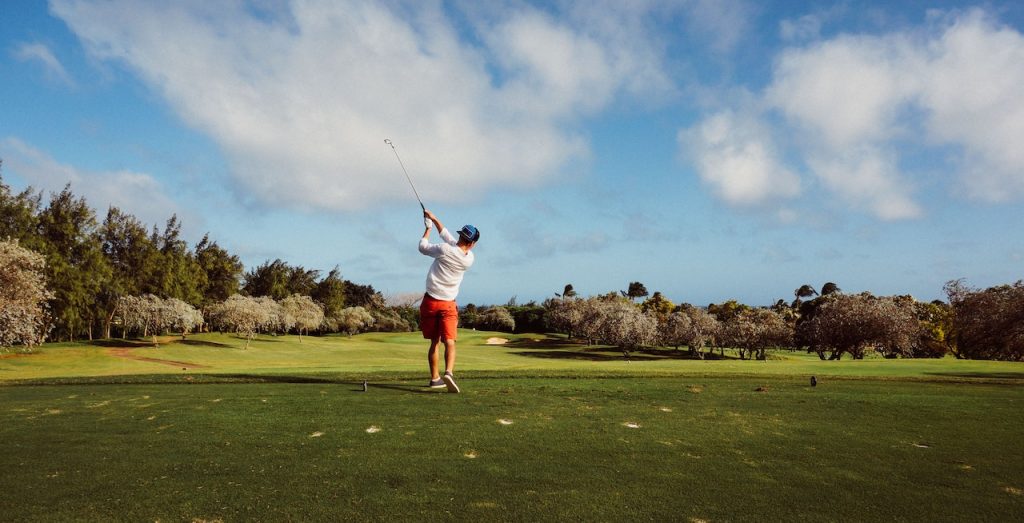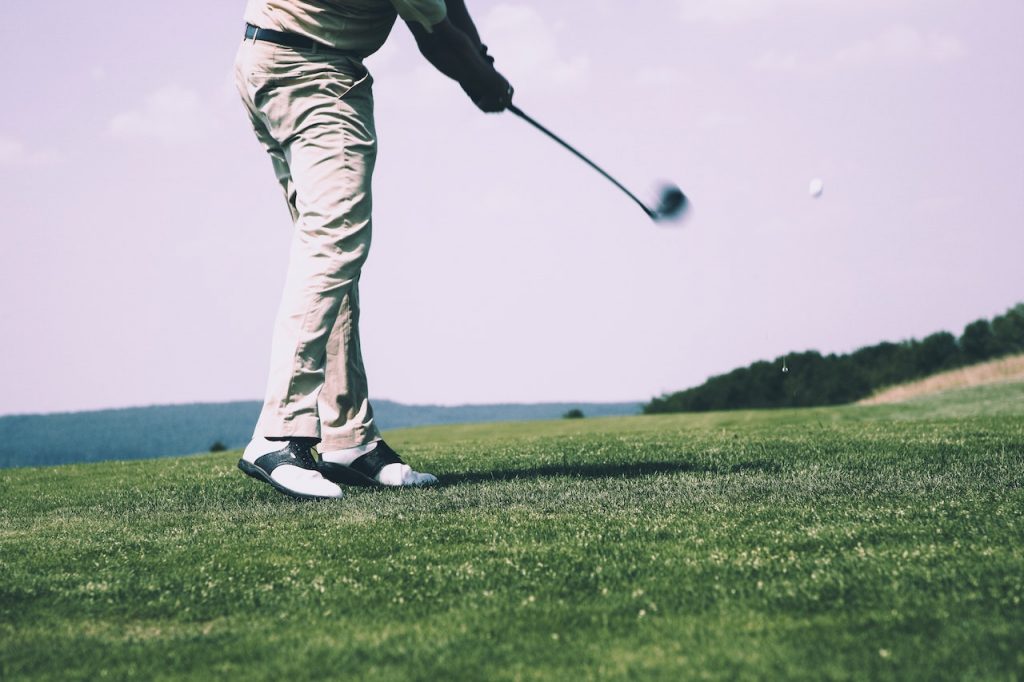How to swing a club is covered in this article. As a seasoned golfer, I’ve had the honor of instructing many beginners. These are my best suggestions for teaching you how to swing a golf club.
Setup and grip for golf
Your setup is the most critical aspect of learning golf club swing. Your golf swing is made up of a series of events. How you set up and hold your club will determine the rest of your swing.
Make a good golf grip.
Here’s a quick guide to help you make an excellent grip for your golf game. For more information, see this article Mastering a Proper Golf Grip. How you hold the golf club will affect where it points to your golf swing. It is why it is so important!
This grip will be uncomfortable and strange when you swing a club with it, but it will make you a better golfer.
There are three golf grips: interlocking, over-lapping, and ten-finger grips. These refer to the way your left and right hands link. You can learn more. In short, ensure your hands are nearby and overlap.
Although it may feel strange, this allows you to use your hands as one unit in the swing and not fight each other.
The last tip on golf grip is pressure. How hard should you hold your golf club? Your golf grip should be likened to a banana you need to eat after a round of golf. It is essential to keep it in place, so it doesn’t slip off. However, too much pressure can cause it to break.

Once your hands are in a good place, it’s time to master your golf posture.
Improve your golf posture
Next, you need to learn how to stand. Golfers sometimes have trouble contacting the ball and occasionally get air shots. Poor posture is usually the reason.
Golfers often bend their knees but set their upper bodies too high, which causes the club to swing above the ball. A great golf position tilts your upper body toward the ground. It means that if you turn in a circle around your body, it will be easier to return your club to the center of the ball.
This video shows you how to make an excellent position for golf. This article will provide a detailed guide to mastering your position and stance.
Alignment
Even though novice golfers are more inclined to worry about their aiming point, they frequently have outstanding alignment on instinct.
The ideal alignment for hitting a shot with iron or wood is demonstrated here. On the right, the target line is displayed. You can utilize this direction to help you aim your club at your objective.
Your body should align with your target line, as the left-hand line shows. You may see these two lines as a railroad track. It is a fantastic way to picture the configuration. While your body is aiming down the left path, your club and ball will land on the right rail.
The backswing
I help beginners with their posture and grip, and then I say, “right have a shot!” It is a great way to get started swinging. They look confused at me often, but it’s one of my favorite ways to turn. Get your grip and posture in order, then take a big swing at that golf ball. Your setup will determine how you play golf.
You will find some additional information about the golf backswing or downswing in the next section. But the most crucial tip for swinging a club is at the end. It is a simple swing thought.
To backswing, you need to turn your body and hinge your wrists. These images will show you how it is done. Once you are satisfied with your setup, you will notice that your wrist naturally hinges when you turn your body. The red lines indicate this.
The club moves around your body in a tilted circle as the target line (below), sometimes called your swing plane or arc. If your club grip points at the golf ball halfway back, then your backswing is in good shape.
One tip: Keep your right elbow close by your side when you begin your backswing. It will help your arms move and remain close to your body. This ultimate guide to backswing provides a better guide.
The downswing
After you’ve performed a decent backswing, the downswing will assist you in relaxing and achieving a balanced conclusion. You should feel your weight transferring towards your front foot at the top of your golf swing before you can relax and face your aim.
As you can see, Tiger begins to lower his arms and hands as he swings, moving his hips and chest toward the target.
Many golfers find it difficult to move their weight, arms, and body in this order during their golf swing.
The next step
This point in your golf swing is where the golf ball is gone. Yet, any great golfer will show you an excellent follow-through position.
Why?
If you finish with a balanced follow-through, you will likely be balanced when you hit the ball. It dramatically increases your chances of hitting the center of the club’s face.
The best follow-through is when the golfer has wholly turned their body toward the target. The balance should be achieved by placing 90% of your weight on the front foot. It signifies that your weight transfer is correct during your golf swing.
One great tip is to keep your finish up until the ball hits the fairway. It doesn’t matter if your shot is 10 feet long or 300 yards. Try to maintain a balanced finish until the ball stops rolling.
You can hold your finish for ten swings straight until the ball stops rolling. Give it a try next time you go to the range.
The secret to swinging a golf club effectively.
As I’ve already indicated, teaching new golfers how to set up the ball and then letting them play with just one thinking are both essential components of coaching. For the past 15 years, I have learned the golf swing in this manner.
Although golf clubs are made to strike the ball down, golfers frequently attempt to raise the ball higher. The crucial phrase to remember as you swing through is (See Tiger above).
It will rise if you keep the grass beneath the ball clean. When you are learning how to swing a club, this image will assist you in hitting great strokes.
Golf club swing technique: irons
This advice is excellent for all types of iron shots. The clubs get shorter, meaning you need to be closer to the ball as they increase in the loft. Throughout your golf swing, it is essential to feel balanced.
Even the most experienced golfers need help hitting the ball with longer irons (5.4 and 3. iron). If you find this difficult, don’t worry. Many players choose to use a fairway wood and hybrid instead.
Concentrate on improving your golf swing and hitting your short-irons and mid-irons correctly. With practice, your long irons will improve.
How to swing club golf – Driver
Drivers are usually hit from a tee. They are the only club that requires you to hit the ball slightly higher than the rest. It is easy to do. Move the golf ball inside your foot during setup (see below).
This simple adjustment will cause the club to automatically swing up when it reaches the ball. You can also feel the ball bouncing off the tee as you hit the driver.
Here are some additional tips to help you build a great golf swing
Golf can get highly technical. Try to divide your practice time between ‘technical practice and skill practice.’
Technical practice can improve your golf swing and refine your movement. You can also incorporate skill practice each week. It will allow you to focus less on your technique and aim to hit the ball toward your target. This guide explains how to practice golf skills.
Length of the golf swing
You’ll see that pro rarely use 100% of their swing speed. They hit their iron shots at 70-80% speed. It is an excellent way for you to improve your consistency and accuracy.
Your best 7-iron shot will travel 150 yards. It will be much easier if you can make a smoother swing using a 6-iron, which is 150 yards away.
A superb strike can solve many problems.
The tricky thing about golf is that it’s hard to see what you are doing. Beginners often question every aspect of their golf swing after hitting a few backshots.
What should I do to get the club back? Is my right elbow missing? How do I hit the ball?
Poor golf shots can be attributed to not hitting the ball in the center of your club face. Try a few smooth swings if you’re having trouble hitting the ball. Consider the golf mentioned above tee drill – I use it in all my beginner golf lessons.
Quickly, you’ll notice 90% of your foul shots disappear once you begin hitting the center of the golf course.
Why do I hit behind a ball?
Golfers who cannot hit the ball behind the ball often try to lift it higher during their swing. We have already covered the importance of striking down and through your iron shots.
If you are going to hit the ball behind the green, make sure that you have a balanced body and weight.
Let’s remember the last tip: Have fun!
It’s hard to swing a chunk of metal around your body to hit a white ball. After 15 years of professional golf, I still find hitting a ball on the fairway challenging.
Take pleasure in the good shots, and don’t worry about the foul shots.
Summary
Here’s a quick guide that will help you to swing a golf ball. You can leave a comment below if you have further questions. I will update the article and get back to you.
This article will help you find the best golf equipment. The long-game hub has more information about the golf swing. We recommend our pitching and chipping guides if you have mastered the golf swing.



